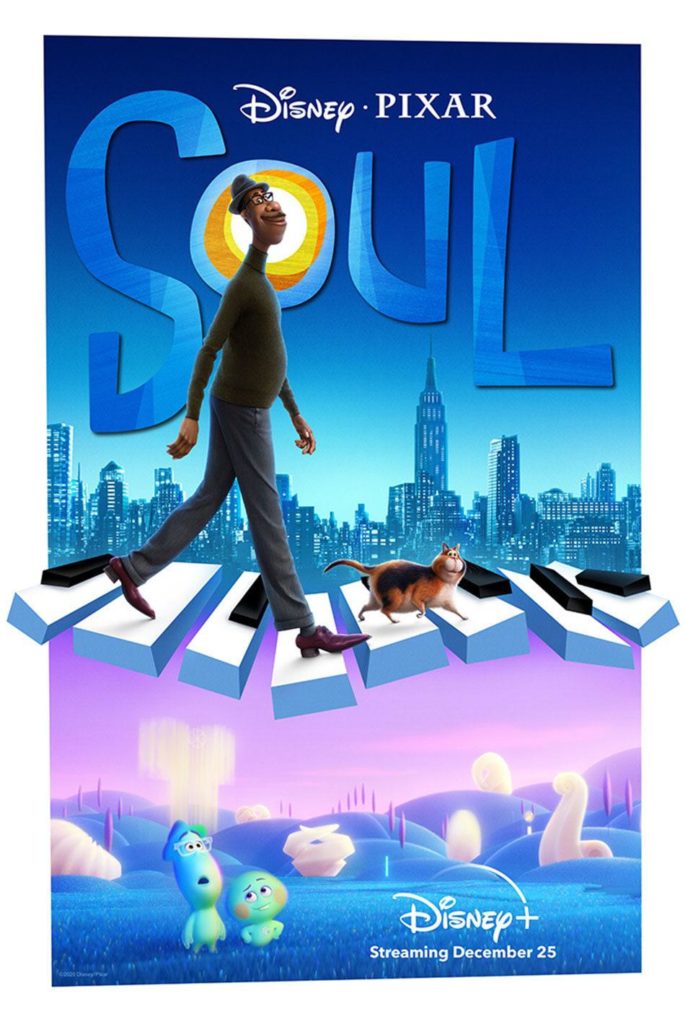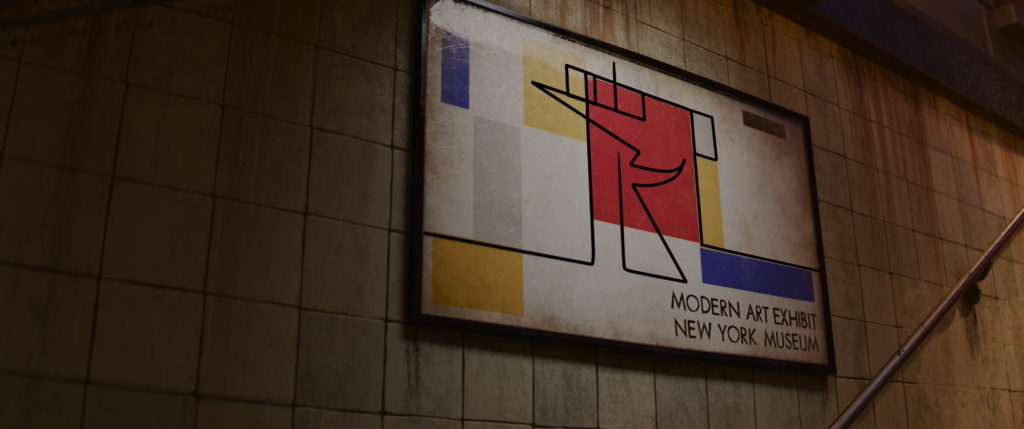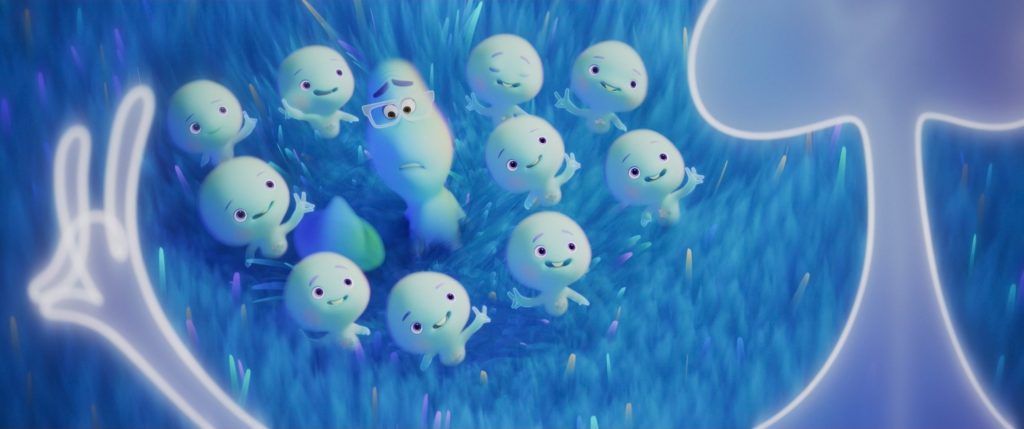Inside Out Meets Mr. Holland’s Opus in Pixar’s Latest—And Greatest?
DIRECTORS: PETE DOCTER AND KEMP POWERS (CO-DIRECTOR)/2020

Plenty of thought (and many a joke) has been put into Pixar’s standard “what if” plot engines: What if monsters and superheroes were real? What if toys and cars were alive? What if bugs or fish or rats had feelings? Heck, what if feelings had feelings? The studio’s latest feature, Soul, doesn’t fit the same mold, but only because why should they limit themselves to one “what if”? What if we knew human souls were real? What if they were alive pre-incarnate of their human vessels? And what if they had feelings about their own sentience?
Soul is the most high-concept storytelling Pixar has tackled to date. (Unless I missed something major when I skipped The Good Dinosaur?) The world-building and story beats feel similar to Inside Out, but the subject matter is even less quantifiable than the psychology concepts Joy, Sadness, and Co. explored in the mind of adolescent Riley. Soul journeys into ideas usually relegated to religious services and philosophy colloquia, and only Pixar could fashion them into a plot so digestible.

That plot follows Joe Gardner (Jamie Foxx), a jazz pianist underwhelmed by his day job teaching middle school band. (Comparisons to the discontented Richard Dreyfuss in Mr. Holland’s Opus do not end here.) We meet him on the day a famed saxophonist (Angela Bassett) is about give him his big break at a jazz club straight out of La La Land. Unfortunately for Joe, this is also the day his soul departs his body after a dangerous mishap sends him hurtling toward The Great Beyond. But Joe’s disembodied soul refuses to accept his fate, and—for reasons too complex to explain here—escapes with unborn soul 22 (Tina Fey) to reunite with his body and make his dreams for his music career come true.
Though you’d never guess from that convoluted (and very incomplete) summary, Soul is not just digestible—it’s fun! Abstract ideas may be the meat of the story, but the movie begins and ends in the most realistic version of Earth we’ve ever seen from Pixar. As Joe and 22 explore New York City (a version so familiar you’ll want to cue up your favorite version of “Autumn in New York”), the movie never misses a chance for silliness. Did you enjoy the cat humor at the end of Inside Out? Do you find Tina Fey’s character voices hilarious? How do you feel about jokes about historical figures like Abraham Lincoln, Marie Antoinette, and Carl Jung? All come in abundance in Soul, and there’s nothing like laughter to open an audience’s mind to difficult topics.

If peppering eschatological musings with slapstick humor isn’t enough to ease you into this animated afterlife, perhaps the vibrant and inventive visuals will do it. Soul is the story of a musician, and the animation is so in sync with the soundtrack I’m not sure which is leading the other along. An afterlife muse named Terry (Rachel House) counts souls on an abacus that resembles the musical scale, and the escalator to The Great Beyond echoes frets on a guitar. On a trip to New York, the outline of Terry’s body contorts to match artwork in the style of Piet Mondrian, an artist inspired by jazz. Pixar isn’t known for integrating 2-D animation styles into its work, but designing The Great Beyond as flat and the afterlife muses as pliant outlines is a brilliant way to demonstrate where our human (and pre-human) characters belong. Just as important in reducing the expository dialogue is the score from Trent Reznor and Atticus Ross. In several key moments, we see characters emotionally depart their bodies when they find a spark of inspiration, and the score is so transcendent we feel like we’ve departed our bodies as well. I will also credit them for my sobs at the denouement—yes, this is another Pixar piece that just might make you cry.

And on that note, there’s a chance you may be wondering if this Disney film is even for children. To be sure, the nuances of the philosophy and the Mondrian reference will go over little ones’ heads—our group of adults watching on Disney+ was grateful we could pause to make sure everyone was following the finer plot details. But Soul is a film for adults and children alike because the message is universal: Each soul matters, no matter who you are, what you’ve accomplished, or what your personality is. In this world, every soul begins as an adorable blob akin to some mushroom/onion/Cabbage Patch Doll hybrid. (Or perhaps it’s Kewpie/Casper the Friendly Ghost/Bao dumpling/Emoji Movie/Galaxy Quest cannibal aliens hybrid? I’ve spent too much time trying to parse this out.) Every soul has the same value and chance for purpose, and that inherent value comes before your gifts, personality, or accomplishments are determined. The nuances of this message may fly over children’s heads as well, but it’s a message we can never hear too early or be reminded of too many times. While we could debate the greatest Pixar film until we reach The Great Beyond, there’s no “what if” this is the studio’s most ambitious attempt at storytelling yet.

